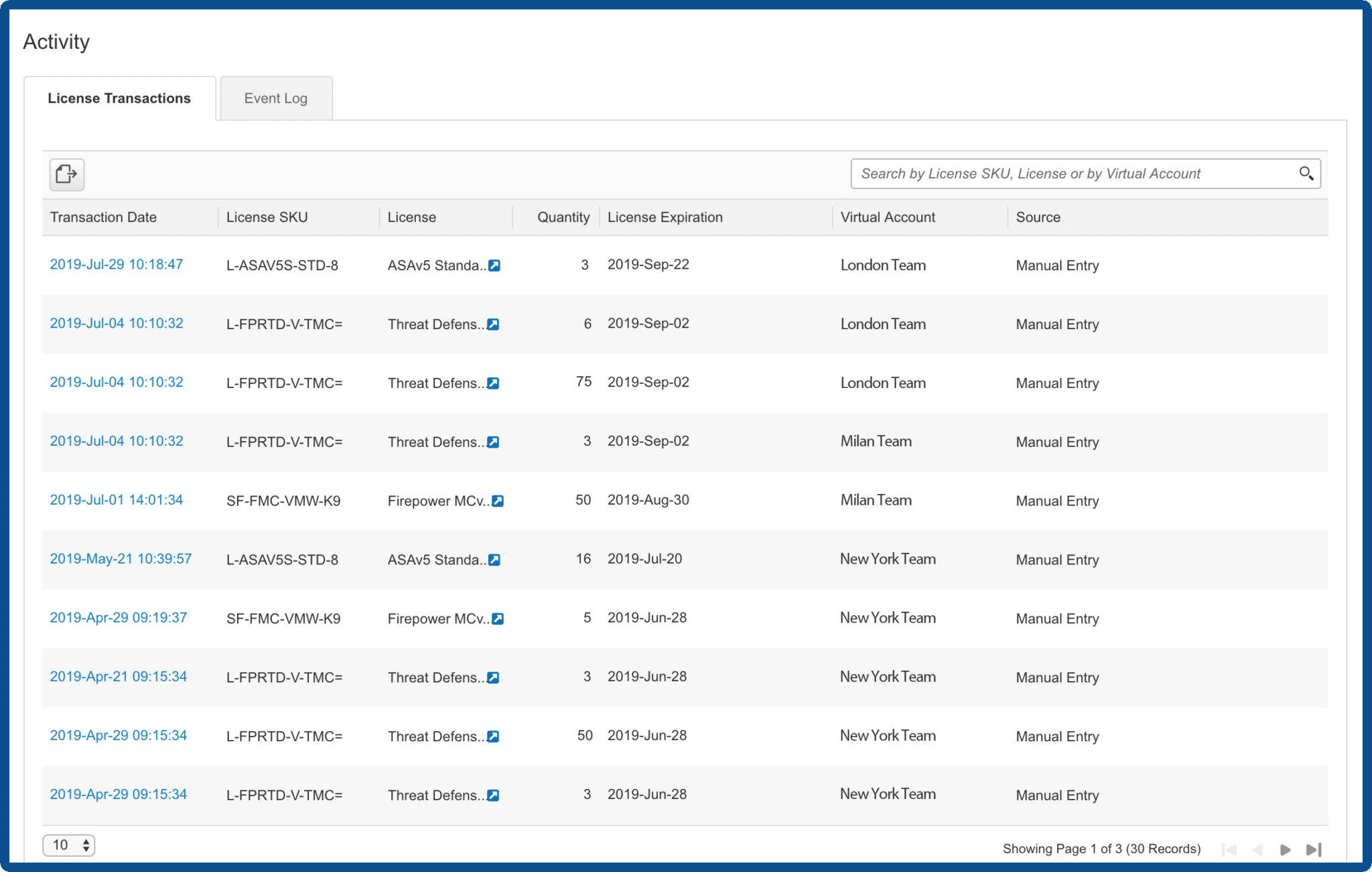If you’ve come to this article you’ve probably heard about this topic but have no idea what a Cisco Smart Account is or how they work. Well, don’t worry because in this article we’ll be going back to the basics of Cisco Smart Accounts to help you fully understand them and the immense value they can bring to an organisation.
The second part of this article that covers the benefits of Cisco Smart Accounts can be found here.
What is a Cisco Smart Account?
Essentially, a Cisco Smart Account is a container that allows you to organise every license and agreement that exists within your entire organisation into one centralised place. It’s an easy-to-use way of taking back control of all your active investments that have ever been made with Cisco to provide full visibility and control.
It also gives you the ability to strictly control the access that your specific employees and users have to these assets by setting permissions.
Smart Accounts are already mandatory for many popular Cisco products and a point worth mentioning is that you must already have a Smart Account to order and receive Smart License products.
They also give great visibility into the history of licensing procurement in your firm as you can see below. This shows you which license it is, when it was acquired and who did the procurement.

Types of Cisco Smart Account
There are two types of Cisco Smart Account, a Customer Smart Account and a Partner Holding Account.
Customer Smart Account
This is where all the customer’s licenses are deposited and organised. This can be managed directly by the customer or the partner, or both!
Partner Holding Account
This account cannot be accessed by a customer. It’s used by a partner or distributor to temporarily store an order until the customer Smart Account is known. Licenses can only be used and consumed while in a customer Smart Account.
What are Virtual Accounts?
Within the Cisco Smart Account, you can configure sub-sections called virtual accounts. This is where you can separate and organise the licensing and users based on parameters of your choice.
This is how you can set policies on which departments or employees can see which parts of the smart account.
How to organise a Smart Account with Virtual Accounts
You have the option to organise your Smart Account in any way that makes your life easier and meets your organisations legal and functional needs. However, some of the most popular methods we’ve seen of distinguishing assets are:
-
By Location
-
By Technology Group
-
By Business Department
-
By Reporting Structure
As an organisation, you should always ensure that you only have one existing Smart Account. This is because you can transfer licenses to and from different virtual accounts but it’s impossible between Smart Accounts.
Roles within a Cisco Smart Account
There are many advantages that come with a Cisco Smart Account in relation to ease of management, productivity, visibility, control, compliance, and even financial savings. Here are a few ways that Smart Accounts will help.
Smart Account Approver
Responsible for approving the Smart Licensing Agreement Terms of Service.
Smart Account Admin
The Smart Account Admin can create and manage both the Smart and Virtual Accounts. They can also provide user access and remove users.
Smart Account User
They can manage license within a specific Virtual Account. They cannot, however, manage or remove users.
How to Get Started!
If you’re an existing Cisco Customer and would like to set up a Cisco Smart Account to begin reaping the benefits they bring, it couldn’t be easier!
Simply click here to enter your email address and a Cisco licensing expert from our team will contact you within one working day to discuss the process and answer any further questions you may have.
Tesrex is a Cisco Licensing Specialist with years of experience in setting our clients up with Smart Accounts and Enterprise Agreements. We have a customer-focused orientation and always strive to attain the most financially beneficial contracts for our clients. Click here to learn more about how we can streamline your licensing and dramatically reduce your licensing expenditure.


.png)




